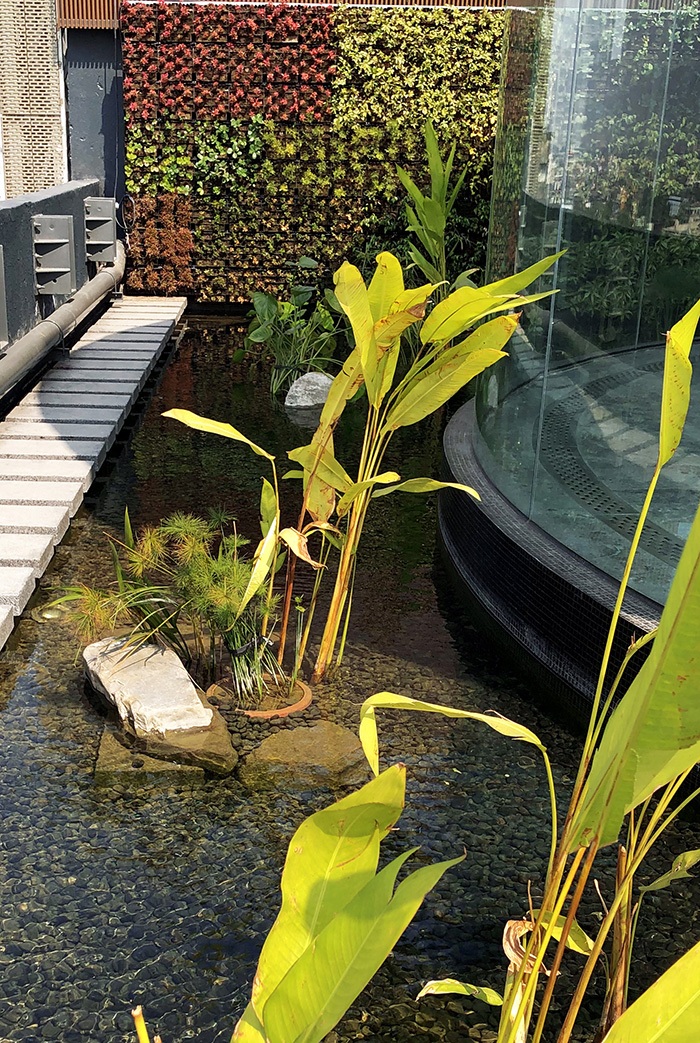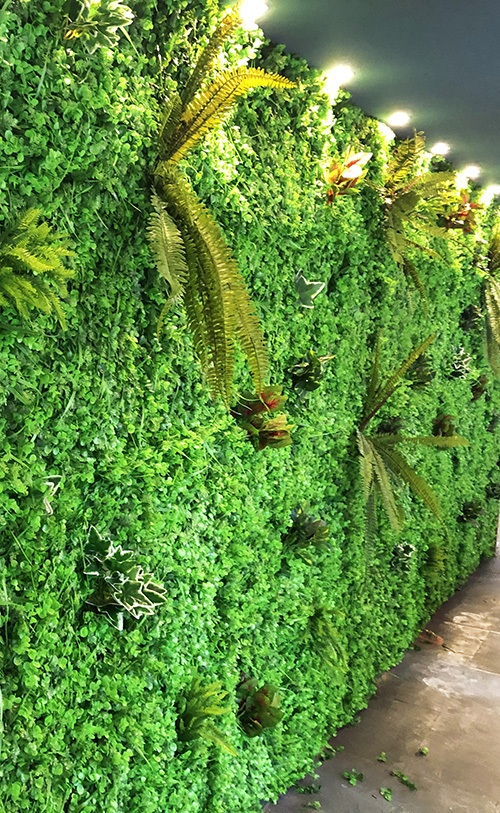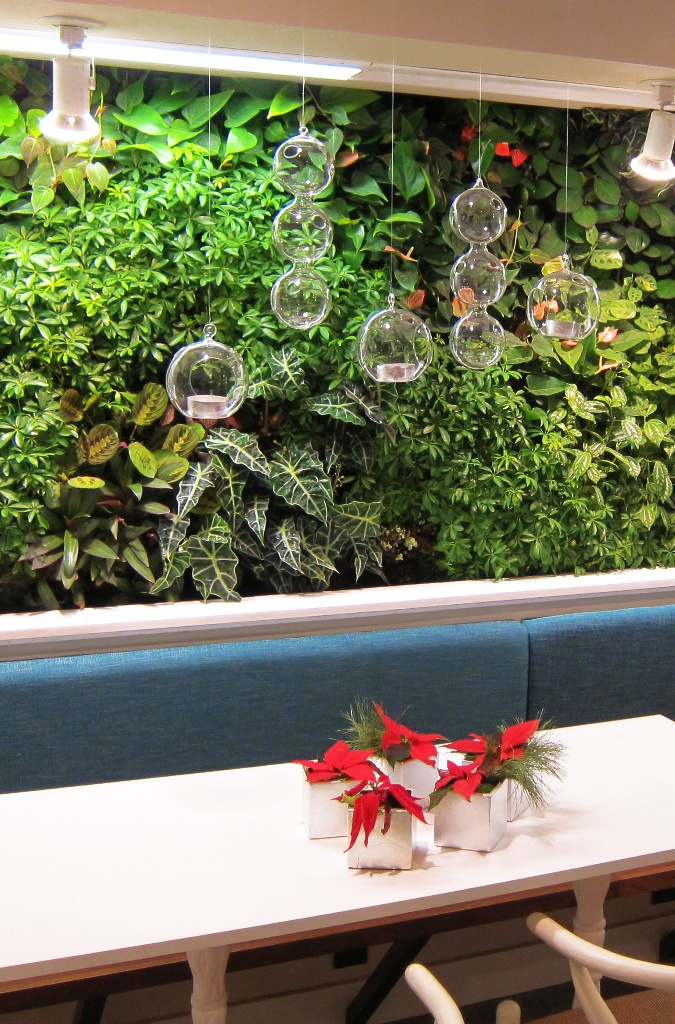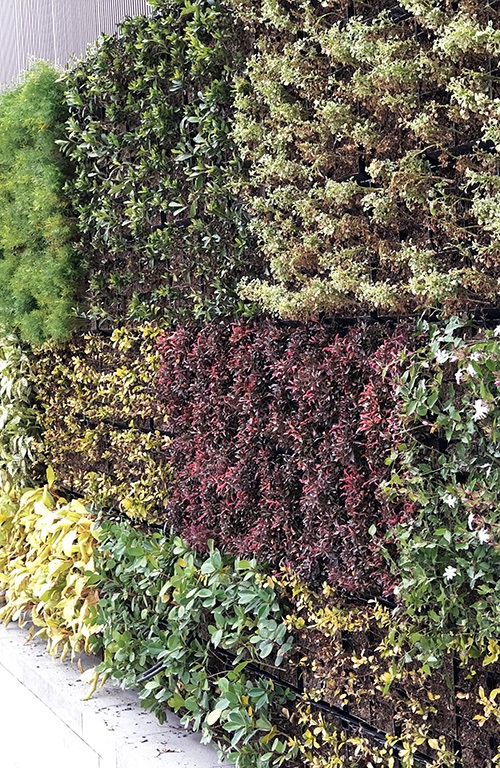
Landscaping
VERTICAL GREENING SYSTEM - GREEN FACADE, LIVING WALLS

Vertical Gardening
Art of growing plants vertically
Green facades

Living walls

Vegetated mat wall

About
Why Vertical Gardening
The new modern concepts for landscape development are keen on using any kind of concrete or glass, turning them in real vertical gardens, being possible to overcome the development of the urban areas making a smooth transition for a healthy green urban environment.
Vertical gardens don't just look good; they DO good for the planet as well!
